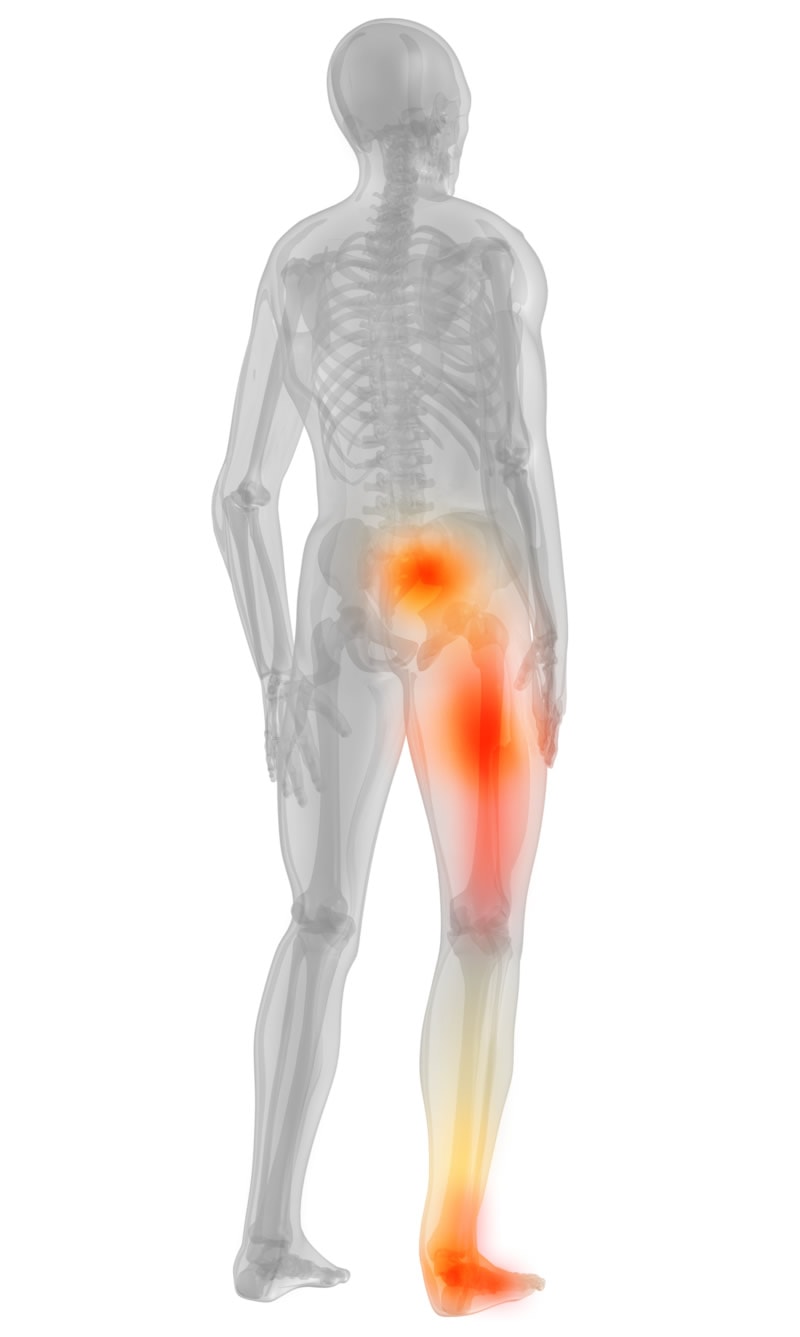

Based on the stem cell preparation strategies, this classification system renders a quick systematic view of the past, present and future directions of stem cell therapy, and allows easy comparison of characteristics of each type of stem cell. I have developed a five-generation classification system, which has been well-received in the regenerative medicine community. There are many types of stem cells, and it can be somewhat difficult to understand the pros and cons associated with each type. What additional resources are available to help providers and patients better understand stem cell therapies? To address this issue, we have conducted cytotoxicity studies of local anesthetics and contrast agents and developed recommendations for safe dosages, and we expect to publish these findings soon. Application of stem cells typically requires the use of local anesthetics and radiology contrast agents, both of which have been found to have negative effects on human cells. Translational studies addressing technology for stem cell delivery are also important. Intervertebral disks from the cervical and lumbar spine have been retrieved from surgery and evaluated. The purpose of the study is to identify genes that could serve as a target for early intervention and treatment for degenerative disk disease. In collaboration with orthopedic and neurosurgery researchers, we are examining the epigenetics in identifying gene expression profiles associated with disk degeneration. What's new with disk degeneration research in the laboratory? We are also collaborating with Mayo colleagues in Neurosurgery and have obtained approval by the Food and Drug Administration and secured funding for a phase I/II study on mesenchymal stem cell therapy for spinal cord injury. We are actively recruiting patients for a multicenter phase III study evaluating the efficacy of intradiscal allogeneic bone marrow-derived MSC transplantation in degenerative disk disease. We are conducting clinical research that is supported by the Department of Health and Human Services Transforming Clinical Practice Initiative. What clinical trials are you and your colleagues currently engaged in? This technique optimizes guidance of the needle track for safe access to the best source of bone marrow. I have developed a fluoroscopically guided approach that can increase the retrieval of bone marrow cells by as much as 100 percent when compared with nonguided approaches. Appropriate bone marrow aspiration technique also determines the number of stem cells procured. Safety and optimized cellularity are two essential considerations for high-quality bone marrow aspiration. In a systematic review and meta-analyses of animal controlled trials published in Gene in 2015, and in a systematic review of human studies published in 2015 we identified intradiscal MSC transplantation as a safe and effective way to address the underlying cause of disk pathology in DDD that traditional conservative, interventional and surgical treatments fail to address.īMAC is currently the most common type of office-based cell therapy utilized in the treatment of a variety of painful degenerative conditions of the spine and musculoskeletal system. Can you address what's known about the safety and efficacy of stem cell therapy and any techniques available for optimizing both? For refractory low back pain, available novel therapies include bone marrow aspirate concentrate (BMAC) and platelet-rich plasma (PRP) therapies for symptomatic facet arthritis, degenerative disk disease and sacroiliac pains.

Current therapies may not be effective in every patient, and even in those who experience pain relief, the effectiveness of that treatment modality may diminish. Treatment of low back pain is challenging for a variety of reasons. What are the challenges associated with treatment of low back pain, and what novel therapies are currently available?


 0 kommentar(er)
0 kommentar(er)
